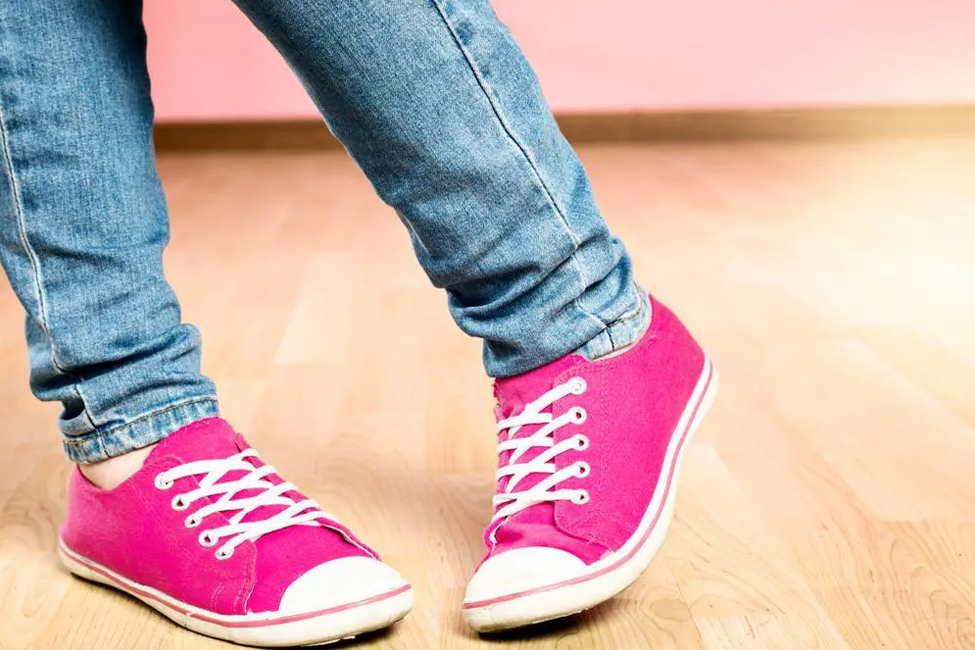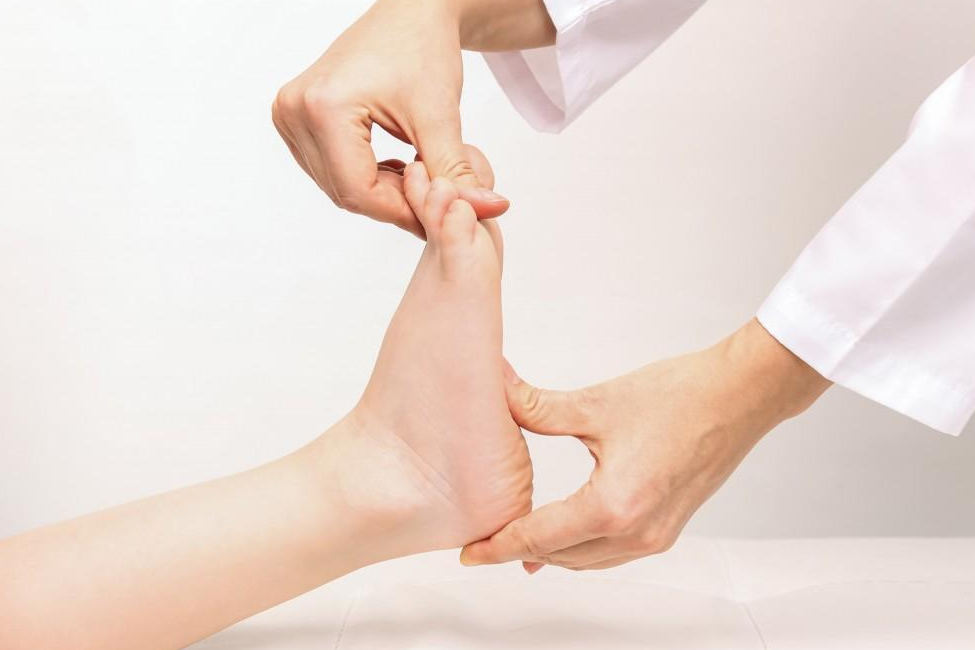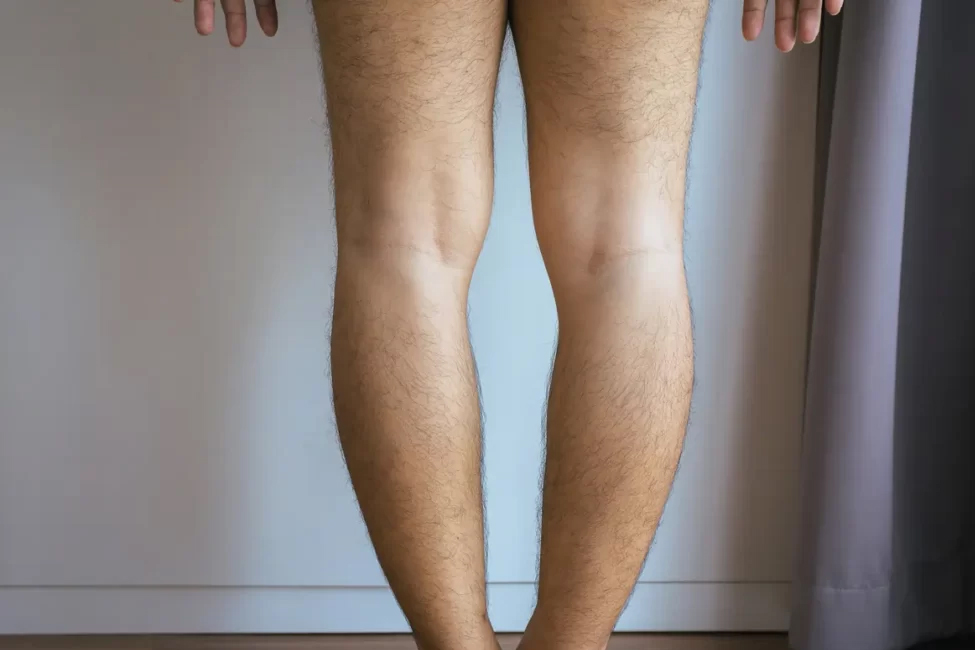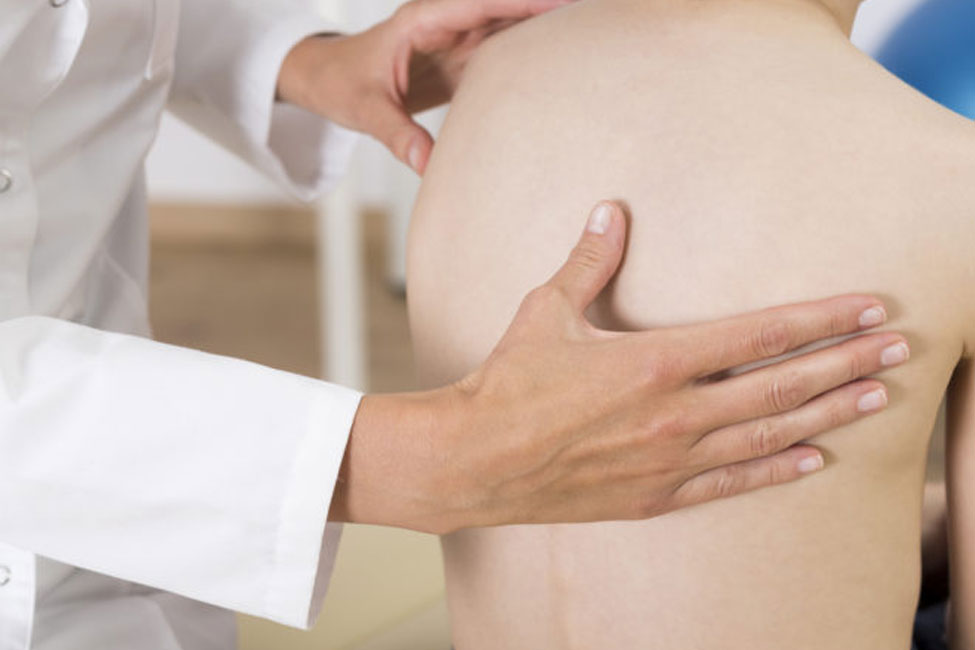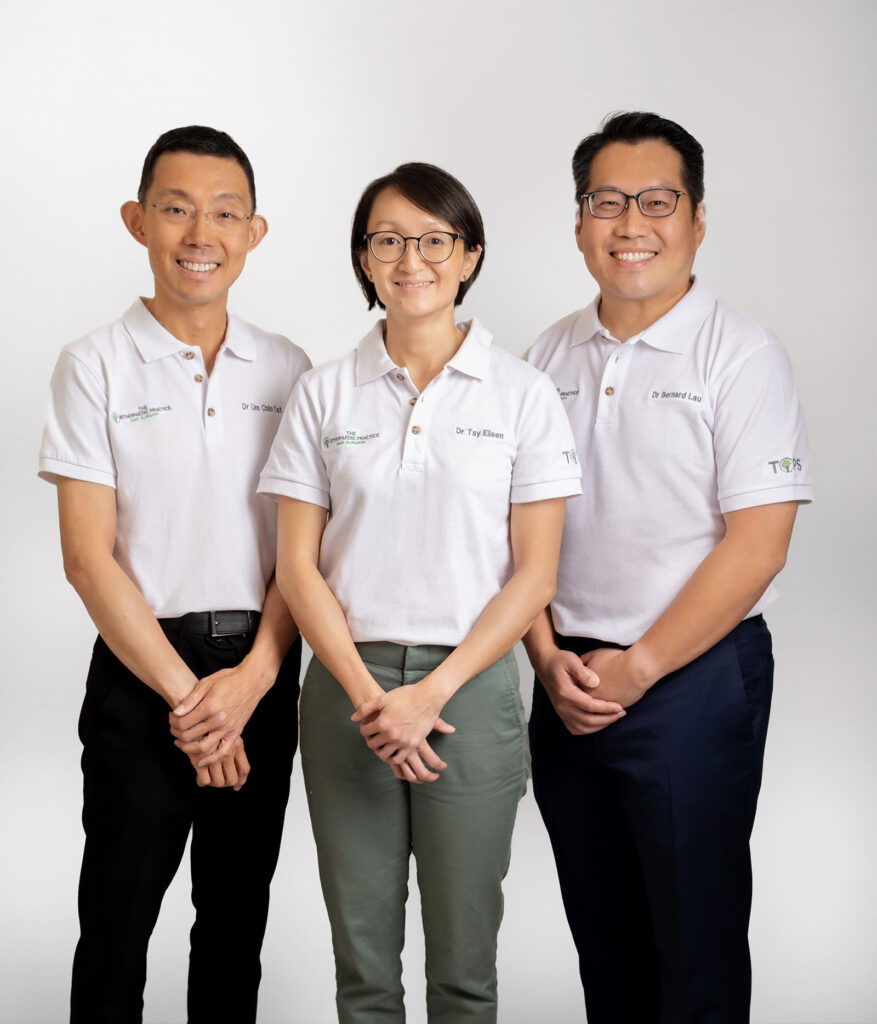Intoeing Gait in Children: Causes, Symptoms, Treatment, and Prevention
What is Intoeing Gait?
Intoeing gait, also known as “pigeon-toed,” is a walking pattern where a child’s feet turn inward instead of pointing straight ahead while walking. It’s a common condition in children where the toes point inward rather than straight ahead or slightly outward.
Types of Intoeing Gait
Intoeing gait in children can be categorised into three main types:
- Metatarsus Adductus: The front part of the foot turns in, often creating a “C” or “banana” shape in the foot’s arch.
- Femoral Anteversion: The upper part of the leg, particularly the femur bone, is turned inward, causing the child’s knees and feet to turn inward.
- Tibial Torsion: The lower leg (tibia bone) is twisted inward, leading to the feet turning inward.
How Common is Intoeing Gait in Children?
Intoeing gait is relatively common in childhood, affecting a notable number of children as they develop. It’s a frequently observed gait pattern that often improves as the child grows and the musculoskeletal system matures.
Causes of Intoeing Gait
The causes of intoeing gait in children can be linked to various factors:
- Metatarsus Adductus: This condition might be due to the baby’s positioning in the womb or caused by the foot’s soft tissues. It often improves as the child grows.
- Femoral Anteversion: The position of the femur bone causes the child’s knees and feet to turn inward. This is a common condition and typically improves with growth.
- Tibial Torsion: The twisting of the tibia bone may cause the child’s feet to turn inward. This condition often resolves on its own as the child grows.
Symptoms of Intoeing Gait in Children
In the context of intoeing gait in children, it’s important to note that the condition is not typically associated with specific symptoms of pain or discomfort. However, the noticeable visual characteristics of intoeing gait include:
- Feet Turned Inward: The child’s feet appear to turn inward, with the toes pointing toward each other rather than facing straight ahead.
- Knees Facing Inward: Children with intoeing gait may point their knees inward when they stand or walk.
- “Pigeon-Toed” Appearance: The child’s gait might resemble a pigeon’s, with the feet appearing to angle inward.
Diagnosis of Intoeing Gait in Children
Diagnosing intoeing gait in children typically involves a series of examinations and observations by an orthopaedic specialist, including:
Physical Examination
The orthopaedic specialist will visually assess the child’s walking pattern and examine the legs, feet, and hip alignment while the child is standing, walking, or sitting.
Gait Analysis
Observing the child’s walking pattern to understand the specific nature of the intoeing gait.
History and Family Background
Inquiring about the child’s birth history, milestones, and family history of similar conditions.
Bone and Joint Assessment
Evaluating the angles and rotation of the hips, thighs, lower legs, and feet to identify the underlying cause of the intoeing.
Imaging Studies (if necessary)
X-rays or other imaging tests are generally not required for diagnosing intoeing gait, but in some cases, they may be used to confirm the diagnosis or rule out other conditions.
Complications of Intoeing Gait in Children
Intoeing gait in children typically doesn’t lead to significant complications and often improves without intervention. However, in certain cases, persistent or severe intoeing gait might result in the following:
- Discomfort or Pain: Some children might experience mild discomfort or pain due to muscle fatigue or strain associated with the altered gait pattern.
- Tripping or Balance Issues: Children with severe intoeing might have a slightly increased risk of tripping or balance problems.
- Reduced Confidence: Severe intoeing could potentially affect a child’s confidence in physical activities or walking.
- Developmental Concerns: Although rare, severe or persistent intoeing gait could affect a child’s gross motor development if not improving over time.
Treatment Options for Intoeing Gait in Children
Observation: In many cases, intoeing gait is a part of a child’s normal development and improves without intervention. The orthopaedic specialist may recommend observation over time.
Orthotic Devices
Custom-made shoe inserts or orthotic devices can occasionally be prescribed to provide support and assist with the correction of foot positioning.
Stretching Exercises
Specific stretching exercises may help improve the range of motion in the legs and feet.
Corrective Footwear
Shoes with proper support and features to help with positioning and stability may be recommended.
Surgery (Rare Cases)
In very rare and severe instances where other measures have not been successful and the gait issue is linked to a structural problem, surgical intervention might be considered. However, this is uncommon and usually only in specific cases.
Preventing Intoeing Gait in Children
Preventing intoeing gait in children is challenging because it’s often a natural part of their development and not always preventable. However, the following measures might help promote healthy musculoskeletal development and reduce the severity of intoeing:
- Encouraging children to engage in regular physical activities and play, including walking, running, jumping, and climbing, can aid in overall muscle and bone development.
- Ensure that children wear well-fitted shoes that provide proper support and stability, which may aid in healthy gait development.
- Encourage good posture and positioning during sitting, standing, and walking. Discourage prolonged time in positions that might stress the musculoskeletal system.
- Encourage a balanced diet and maintaining a healthy weight, which supports overall musculoskeletal health.
- If a child shows persistent or severe intoeing gait, seek advice from an orthopaedic specialist for early evaluation and guidance.
Children Living with Intoeing Gait
- Intoeing gait is often a benign condition and, in many cases, does not cause pain or discomfort. Children may adapt and live normally with this gait pattern.
- Children might find ways to adapt their physical activities to accommodate any limitations, especially in sports or activities requiring specific leg or foot positioning.
- Ensuring positive reinforcement and support can help children maintain confidence in their abilities and minimise any negative impact on self-esteem.
- Periodic monitoring by an orthopaedic specialist to track gait development is crucial, especially in persistent cases or if concerns arise.
- Encouragement and support from family play a vital role in helping children adapt and maintain an active and healthy lifestyle.
Intoeing gait is a common gait pattern in children, often a natural part of development that typically resolves without treatment. Although mostly benign, it’s crucial to be vigilant and seek professional advice about persistent symptoms or limitations in a child’s activities.
If you have any worries about your child’s gait or if they experience persistent discomfort, seeking guidance from an orthopaedic specialist is important. For expert evaluation and consultation regarding in-toeing gait, consider requesting an appointment with The Orthopaedic Practice and Surgery Clinic. Our specialised team can provide tailored advice and treatment options, ensuring your child’s musculoskeletal health and well-being. Prioritise your child’s health by taking the first step—request an appointment for expert evaluation and guidance today.


